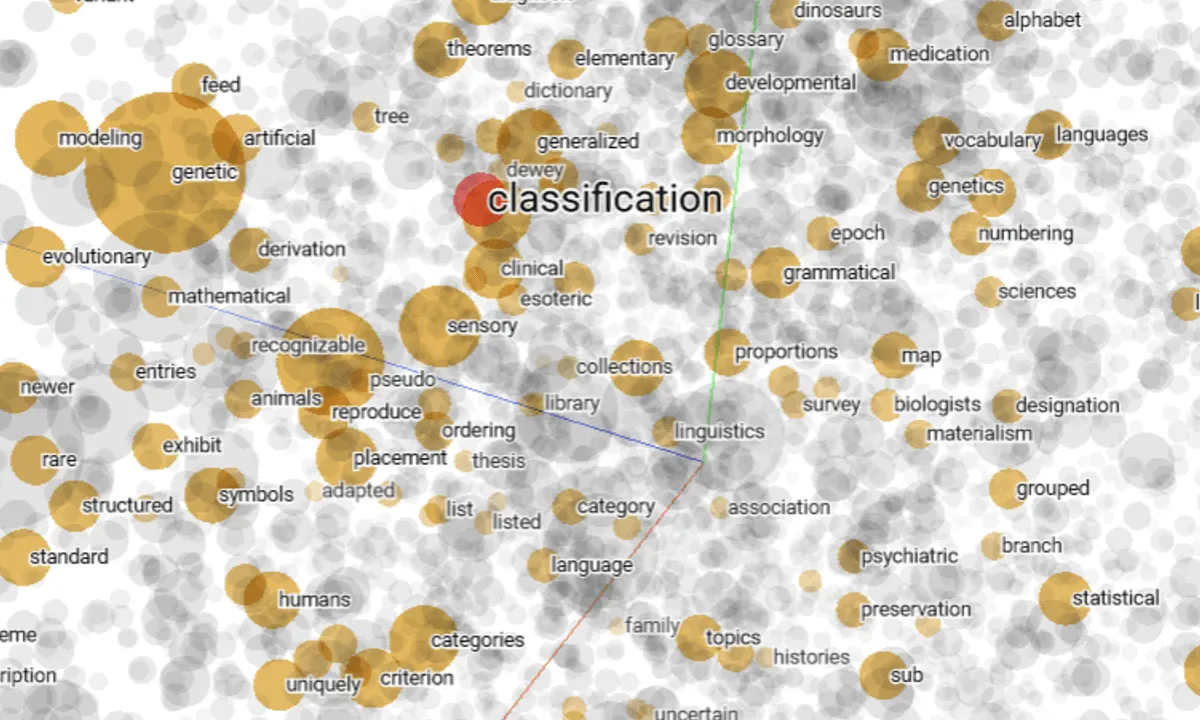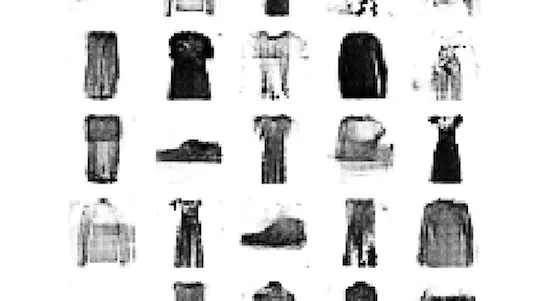
Keras Tutorial With TensorFlow Building Deep Learning Models With Python Great Learning 
This course provides an introduction to Keras and TensorFlow, two powerful tools for building deep learning models with Python. Participants will learn how to prepare and process data for neural networks, build and train models, and evaluate their performance. They will also gain an understanding of the fundamentals of deep learning and how to apply them to real-world problems. ▼
ADVERTISEMENT
Course Feature
![]() Cost:
Cost:
Free
![]() Provider:
Provider:
Youtube
![]() Certificate:
Certificate:
Paid Certification
![]() Language:
Language:
English
![]() Start Date:
Start Date:
On-Demand
Course Overview
❗The content presented here is sourced directly from Youtube platform. For comprehensive course details, including enrollment information, simply click on the 'Go to class' link on our website.
Updated in [February 21st, 2023]
This Keras Tutorial With TensorFlow will show you how to use Keras, which is a neural network API written in Python, and integrated with TensorFlow. We will learn how to prepare and process data for artificial neural networks, build and train artificial neural networks from scratch.
Keras is an Open Source Neural Network library written in Python that runs on top of Theano or Tensorflow. It is designed to be modular, fast, and easy to use. Keras doesn't handle low-level computation. Instead, it uses another library to do it, called the "Backend. So Keras is a high-level API wrapper for the low-level API, capable of running on top of TensorFlow, CNTK, or Theano.
If you want to make a simple network model with a few lines, Keras can help you with that. Leading organizations like Google, Square, Netflix, Huawei, and Uber are currently using Keras. This tutorial will walk you through different topics such as What is Keras and how to use it, How to start with Tensorflow, Difference between TensorFlow 1.18 and Tensorflow2.0, and much more.
(Please note that we obtained the following content based on information that users may want to know, such as skills, applicable scenarios, future development, etc., combined with AI tools, and have been manually reviewed)
Course Overview: This course will provide you with a comprehensive overview of Keras and TensorFlow, and how to use them to build deep learning models with Python. You will learn how to prepare and process data for artificial neural networks, build and train artificial neural networks from scratch, and use Keras to create and train deep learning models.
Possible Development Directions: After completing this course, you will be able to use Keras and TensorFlow to build deep learning models with Python. You will also be able to use Keras to create and train deep learning models, and understand the differences between TensorFlow 1.18 and TensorFlow 2.0.
Related Learning Suggestions: After completing this course, you can further your knowledge by exploring other topics such as convolutional neural networks, recurrent neural networks, and natural language processing. You can also learn more about the different types of neural networks and how to use them to solve real-world problems.
[Applications]
After completing this Keras Tutorial With TensorFlow, learners will be able to apply their knowledge to build and train deep learning models with Python. They will be able to use Keras to create and train neural networks, and use TensorFlow to optimize the performance of their models. Learners will also be able to use Keras to create and train models for various applications such as image recognition, natural language processing, and more.
[Career Paths]
1. Deep Learning Engineer: Deep Learning Engineers are responsible for developing and deploying deep learning models. They use a variety of tools and techniques such as Keras, TensorFlow, and other deep learning frameworks to build and deploy models. They also need to have a good understanding of data science and machine learning concepts. The demand for Deep Learning Engineers is increasing as more organizations are looking to leverage the power of deep learning to solve complex problems.
2. Machine Learning Engineer: Machine Learning Engineers are responsible for developing and deploying machine learning models. They use a variety of tools and techniques such as Keras, TensorFlow, and other machine learning frameworks to build and deploy models. They also need to have a good understanding of data science and deep learning concepts. The demand for Machine Learning Engineers is increasing as more organizations are looking to leverage the power of machine learning to solve complex problems.
3. Artificial Intelligence Engineer: Artificial Intelligence Engineers are responsible for developing and deploying AI models. They use a variety of tools and techniques such as Keras, TensorFlow, and other AI frameworks to build and deploy models. They also need to have a good understanding of data science and machine learning concepts. The demand for Artificial Intelligence Engineers is increasing as more organizations are looking to leverage the power of AI to solve complex problems.
4. Data Scientist: Data Scientists are responsible for analyzing and interpreting data to gain insights and make predictions. They use a variety of tools and techniques such as Keras, TensorFlow, and other data science frameworks to analyze and interpret data. They also need to have a good understanding of machine learning and deep learning concepts. The demand for Data Scientists is increasing as more organizations are looking to leverage the power of data science to gain insights and make predictions.
Course Provider

Provider Youtube's Stats at AZClass
Discussion and Reviews
0.0 (Based on 0 reviews)
Explore Similar Online Courses
![React JS Crash Course For Beginners [2022 Updated]](/ccsimg/td_book/check/26ce98a2d1b17f3af131482e94e869f4.webp)
React JS Crash Course For Beginners [2022 Updated]

Chess Tips

Python for Informatics: Exploring Information

Social Network Analysis

Introduction to Systematic Review and Meta-Analysis

The Analytics Edge

DCO042 - Python For Informatics

Causal Diagrams: Draw Your Assumptions Before Your Conclusions

Whole genome sequencing of bacterial genomes - tools and applications

Convolutions for Text Classification with Keras

Understanding Deepfakes with Keras


Start your review of Keras Tutorial With TensorFlow Building Deep Learning Models With Python Great Learning